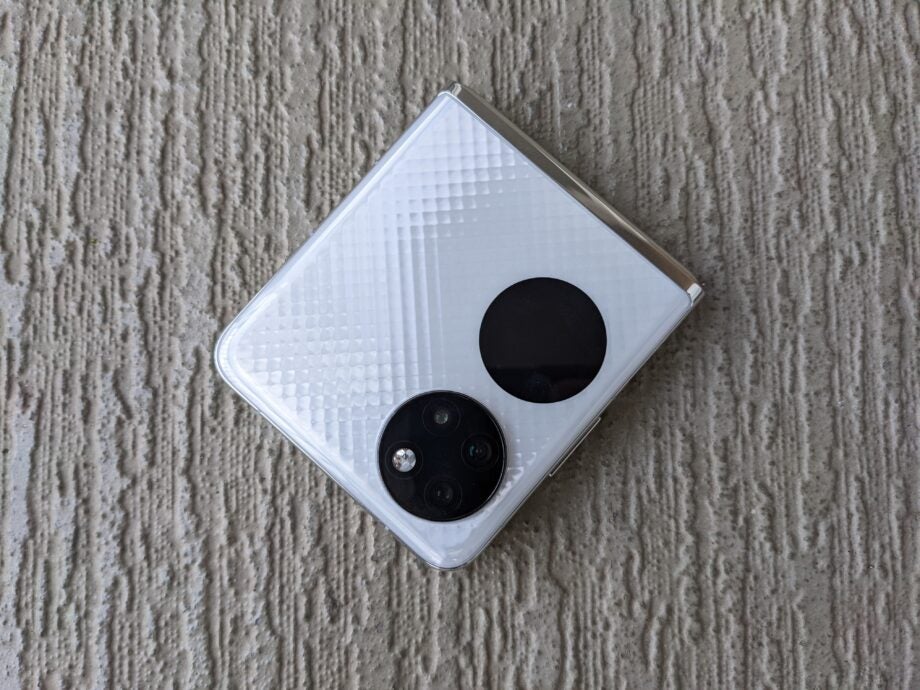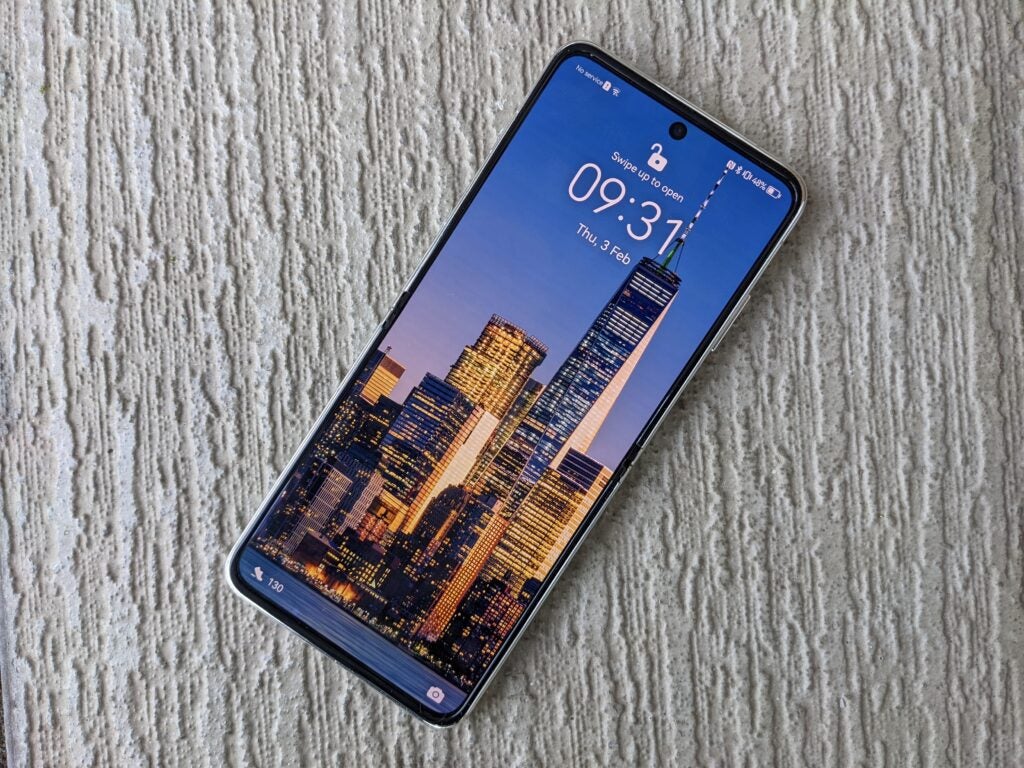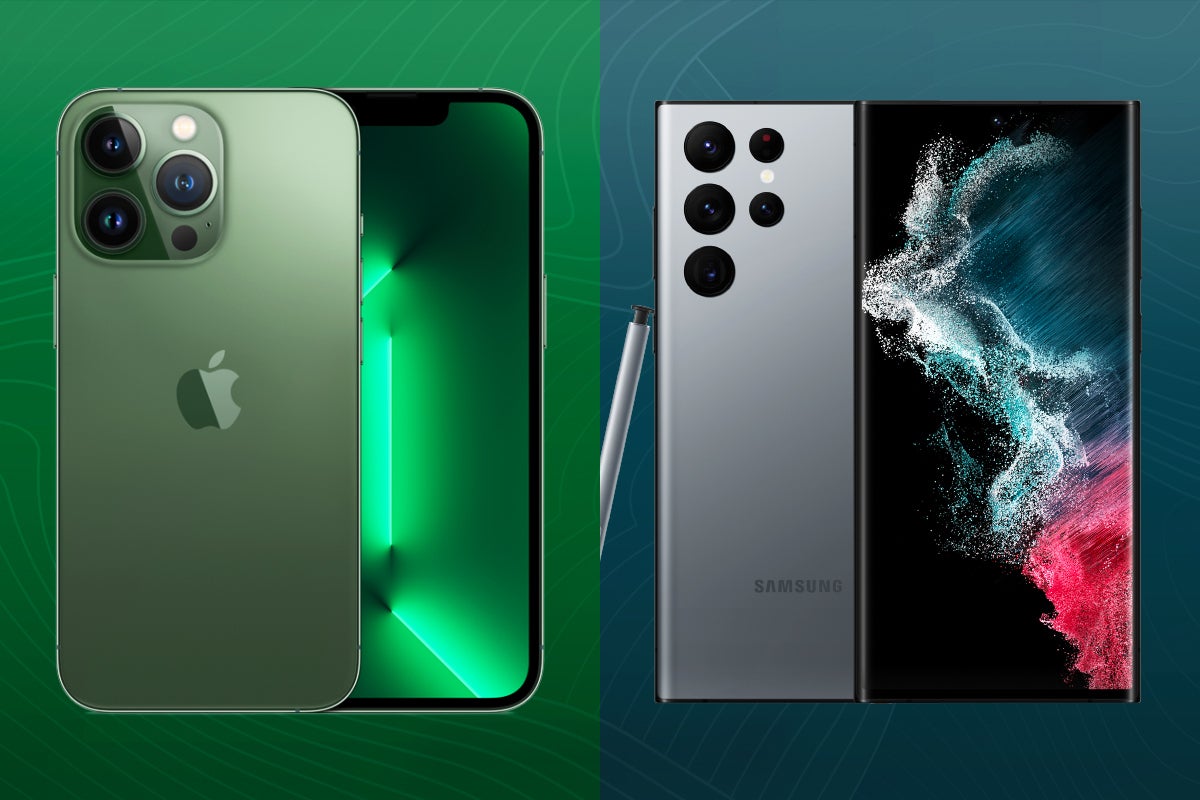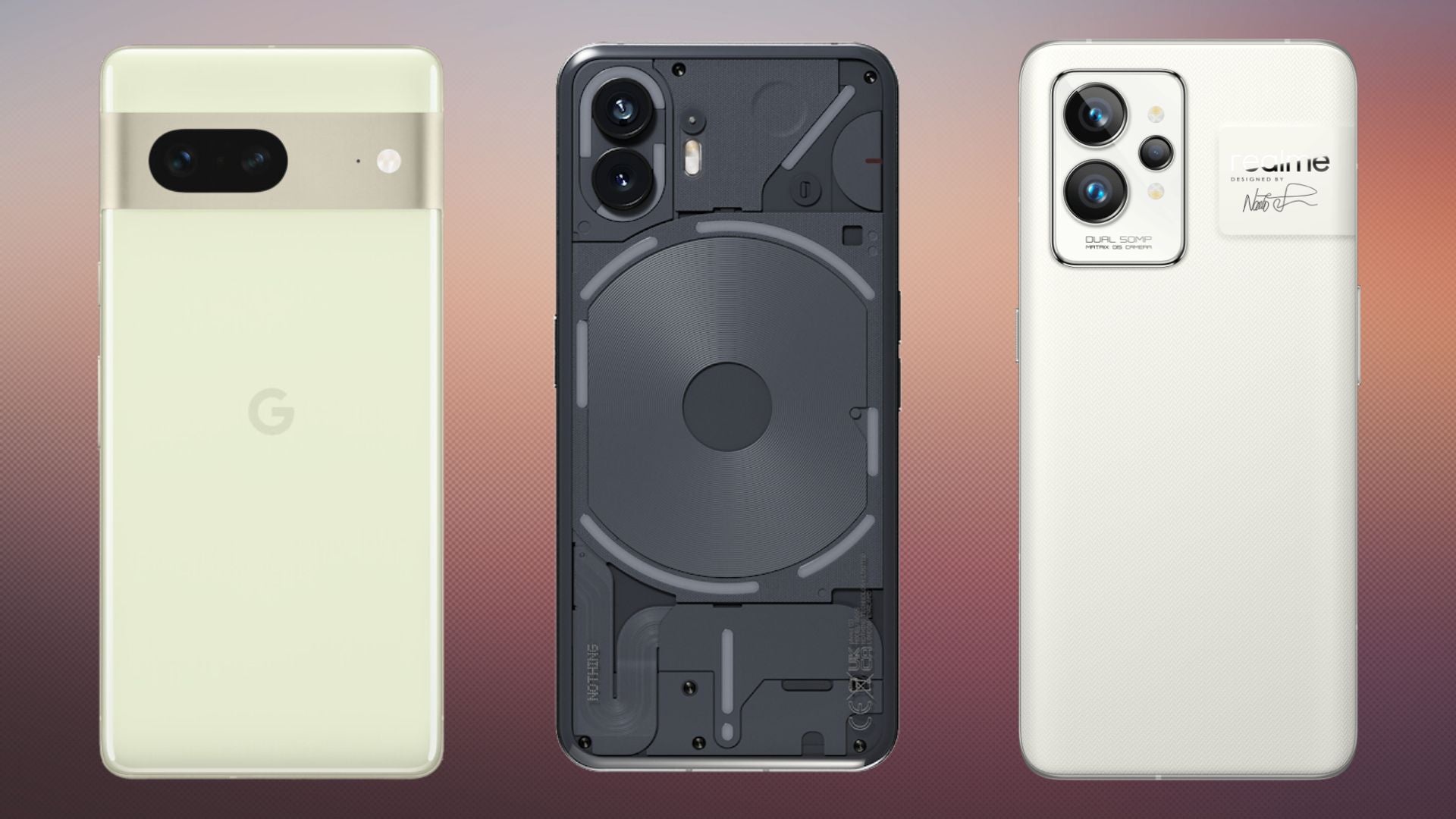Huawei P50 Pocket Review
Another foldable clamshell

Verdict
The Huawei P50 Pocket is hamstrung by its sanction-imposed limitations, including lack of 5G and Google Mobile Services, but it executes the foldable clamshell format with aplomb and offers an excellent screen and camera.
- Great camera
- Distinctive foldable design
- Large, sharp inner display
- Very small outer screen
- No access to Google Mobile Services
- No 5G connectivity
Availability
- UKunavailable
- USAunavailable
- EuropeRRP: €1299
- Canadaunavailable
Key Features
- Foldable form factorThis smartphone adopts an unusual folding design, so it opens and closes like a clamshell
- Triple camera systemThere are three sensors on the device, with resolutions of 40MP, 13MP, and 32MP
- Superb screenThis device’s OLED inner screen measures 6.9-inches, supports 1 billion colours, and has a 120Hz maximum refresh rate
Introduction
The Huawei P50 Pocket is a clear response to the Samsung Galaxy Z Fold 3. The two handsets closely resemble one another with their folding clamshell design, and the competition between the two echoes the tussle over Android supremacy that occurred a couple of years ago.
Since then, times have changed; due to US government sanctions, Huawei products struggle to be viable propositions to Western consumers due to major issues. The lack of Google Mobile Services and 5G connectivity are both tough to swallow when you’re spending this much.
Nonetheless, there is still a charming novelty in this new form factor that is delightful to try out, and the screen and camera are still top class. This might not be a handset to rush out and buy (particularly due to limited availability in the UK), but it still demands your attention.
Availability has not yet been confirmed for the P50 Pocket in all markets, and it’s not clear if it ever will be launched in the UK, but we do have some pricing information.
The standard P50 Pocket will cost €1,299 (~£1,090), while the Premium Edition will cost €1,599 (~£1,345). This is a staggeringly expensive smartphone, which makes the device’s unfortunate flaws all the more glaring.
Design and Screen
- Innovative foldable design
- Very small outer screen
- Big and brilliant inner display
The form factor is the distinguishing feature of this device, without question. When it’s tucked away in your pocket it takes up a very small amount of space, but then you can take it out and open it up for a large-screen smartphone thanks to the 6.9-inch display within the clamshell.

It’s very satisfying to open and close the device, particularly at the beginning, and naturally brings back a wave of nostalgia for the flip phones that used to be omnipresent before the irresistible rise of the iPhone.

A lot of the foldable aspects are well executed here; the two screens lie completely flat next to each other when the phone is clipped shut, and the small bump in the middle of the fully extended screen was never significant enough to bother me at all.
However, the one let-down is the size of the outer screen, which is so small that you can only select a couple of functions (camera or weather forecast) and check notifications, but for any real interactivity, you’ll need to flip it open. In this one way, it’s not quite as readily useful as the Motorola Razr or Samsung Galaxy Z Flip 3.

Once it’s open, you’ve got a great phone on your hands. The fully extended inner display measures 6.9-inches, with the unusually long 21:9 aspect ratio we’ve previously seen on phones such as the Sony Xperia 1 III, which is intended to be ideal for watching widescreen-format content such as movies or TV shows.

I can attest that this is the case; the extra-wide format is particularly immersive when you’re playing games, really helping you to lose yourself in those tense moments of competition. Whether you’re gaming or watching videos, that small divot in the middle of the foldable screen is hardly detectable at all, and it did not distract me or nag at my mind in the slightest.
This OLED panel is very sharp, with a 1188 x 2790p resolution, and it also boasts a 120Hz refresh rate that’s pleasingly smooth – this inner screen is by no means just a novelty, it’s a strong display in its own right that just so happens to be foldable as well.
Camera
- Excellent camera performance
- Can be stood up for hands-free selfies
There’s a triple camera system on the rear cover of the phone, which consists of two wide angle sensors (one 40-megapixels, the other 32-megapixels), and a 13-megapixel ultrawide lens.
I was generally very happy with the image quality, and below you can see a selection of images taken with the main wide-angle sensor:




The general performance was very good, packing in plenty of detail but not too much post-processing, with colours being vivid but natural.

When using the ultrawide snapper, you can cram more into the frame but the quality still held up fairly well. It’s always good to have this versatility, but you can see that there is very significant distortion with these images, especially around the edges of the frame.

There’s no telephoto or optical zoom lens here, so you’ll just have to make do with the digital zoom options (which goes up to 5x). Above, you’ll see the results of 2x digital zoom taken from the same position as the previous image of Canary Wharf. While not perfect, it’s certainly an acceptable image to use in place of a true optical zoom.

The 10.7-megapixel selfie camera also makes for fairly good images, and one unique aspect of the form factor is the phone’s ability to stand up half-folded, so that you can take a timed selfie without needing to have your arm outstretched.
Performance
- No 5G connectivity
- No Google Mobile Services
- Otherwise good performance, especially when gaming
The P50 Pocket runs on a Snapdragon 888 chipset, and this delivered a snappy level of day-to-day performance, with no lag whatsoever when I was scrolling through screens or switching to different apps. The gaming performance was just as good, rendering brilliant graphics and running very smoothly even for the most demanding titles.
In terms of benchmarking scores, the device registered a single-core performance score of 919, and 3,266 for the multi-core score on Geekbench 5. This marks it out as being similar to the ZTE Axon 30 5G and Vivo V23 Pro, and just behind the rival Galaxy Z Flip 3.
However, a huge stumbling block is the fact that there’s no 5G modem here so you’ll be stuck with 4G mobile data speeds. Given the hefty price tag, you couldn’t help but feel rather bitter at swallowing this compromise.
Even more concerning than the lack of 5G is the lack of access to Google Mobile Services. Ever since 2019, the US government sanctions on Huawei have meant that the manufacturer cannot use full-fat Android software, or the associated apps and services from Google, on its phones. Therefore, you’ll be stuck with the limited choices available on the Huawei AppGallery and you’ll not be able to download many of the most popular smartphone apps.
By searching through the AppGallery for familiar favourites such as Spotify and Netflix, I was redirected to a webpage that allowed me to directly download the applications (after a slew of security warnings). On the one hand it was a relief to have easy access to the apps that I use the most, but on the other hand it certainly didn’t feel very comfortable to be obliged to sidestep an official app store to get my hands on them.
Battery Life
- The 4000mAh capacity shows reasonable endurance for most tasks
- Intensive gaming drains the battery quickly
The battery capacity is 4000mAh, which isn’t all that high compared to similarly-priced phones.
After watching Netflix for one hour the battery had dipped by 8%, and after one hour of online streaming to Bluetooth headphones, it had fallen by 4%. These numbers are not exceptional, but they’re certainly within the normal range of battery drain that we’re used to seeing on mobile phones.
However, while I got a great experience from playing on this phone, it was a little startling to see that after just half an hour of intensive gaming the battery had plummeted by 14%. Suffice to say, you won’t be able to fit many gaming sessions into your day unless you’re sat next to a charging port.
Latest deals
Should you buy it?
Foldable fans: If you want to try out an excellent iteration of the folding clamshell format, regardless of its limitations, you could give this a go – and you’ll be very impressed with the screen and camera
You rely on Google: Without access to Google Mobile Services or 5G connectivity, it’s hard to recommend this device to anyone, even those who could afford the exorbitant price
Final Thoughts
Without Google Mobile Services or 5G, it’s near-impossible to recommend this phone, especially with such a high starting price. That said, the folding format is very well-executed here — although a larger outer screen would add plenty of utility — and the inner screen and camera are both great.
How we test
We test every mobile phone we review thoroughly. We use industry standard tests to compare features properly and we use the phone as our main device over the review period. We’ll always tell you what we find and we never, ever, accept money to review a product.
Camera tested in variety of situations
Tested with synthetic benchmarks and real world use
FAQs
No, unfortunately you can’t get GMS on this phone, so you cannot access apps such as the Play Store. Instead, you’ll have to make do with the apps available on Huawei’s App Gallery, which has a fairly limited selection.
No, the Huawei P50 Pocket is limited to 4G connectivity
We reviewed the white edition; it’s also available in black, and there’s a premium edition that is gold.





